The Nubra Valley is situated where the Shyok and Nubra Rivers converge in northern Ladakh, India.
The magnificent Himalayas surround the valley and are 3,050 meters (10,000 feet) above sea level. It is frequently referred to as a high-altitude desert because of its striking contrast between snow-capped peaks and sandy dunes.
The primary access route to the valley is via the Khardung La Pass, one of the highest motorable roads in the world, which offers stunning views as it passes.
Why It’s a Must-See Location in Ladakh
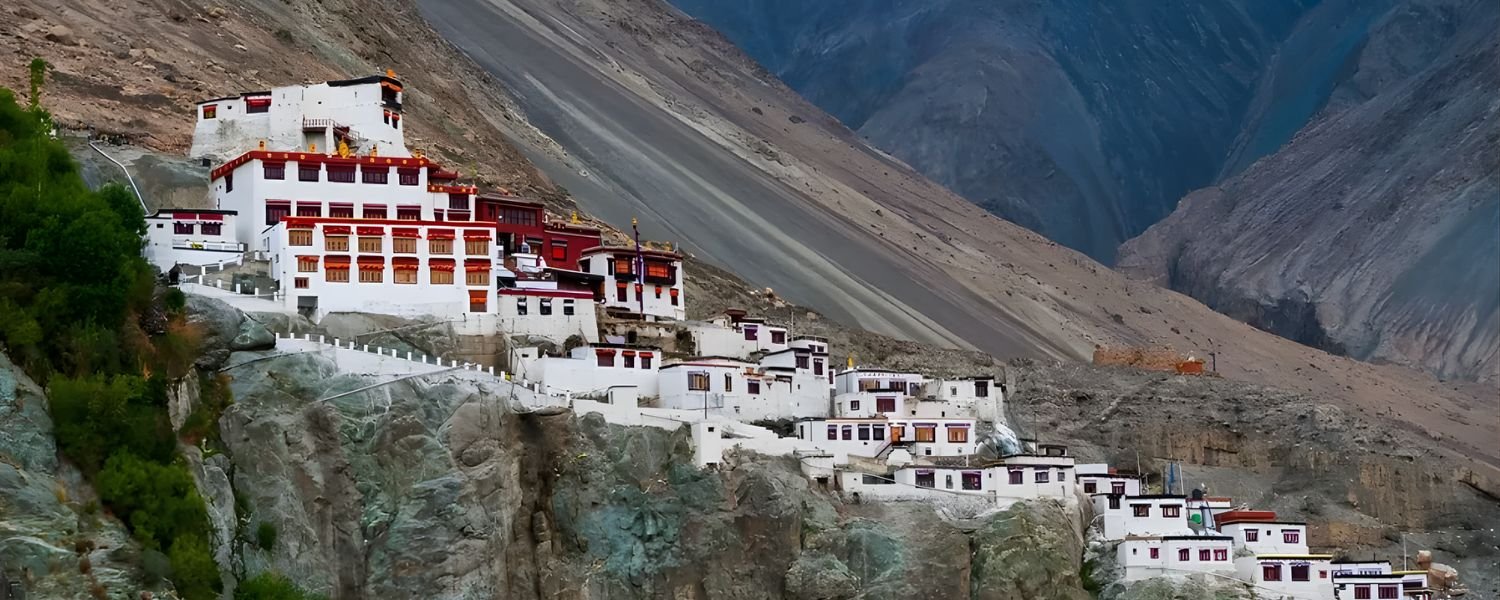
The Nubra Valley is a must-see location in Ladakh because of its unique landscape and cultural experiences. A unique blend of lush greenery and desert dunes characterises the valley.
It offers tourists a unique camel ride and is home to the well-known double-humped camels that can be found in the Hunder Sand Dunes.
With its Balti culture, the village of Turtuk adds even more charm and provides a window into the area’s rich past.
Additionally, one of the largest glaciers outside of the polar regions, the Siachen Glacier, is close to Nubra. Siachen Base Camp is now accessible to tourists, offering a once-in-a-lifetime experience for those seeking an adventurous trek.
What Sets Nubra Apart as a Mountain Desert: The chilled desert landscape of Nubra, surrounded by snow-capped mountains, provides a unique contrast, making it a photographer’s dream.
Camels with two heads: A must-try experience is riding a camel, and Nubra’s famous camels are a distinctive sight.
River Confluence: The Shyok and Nubra Rivers meet to form picturesque locations ideal for leisure and photography.
Several Quick Facts About the Nubra Valley
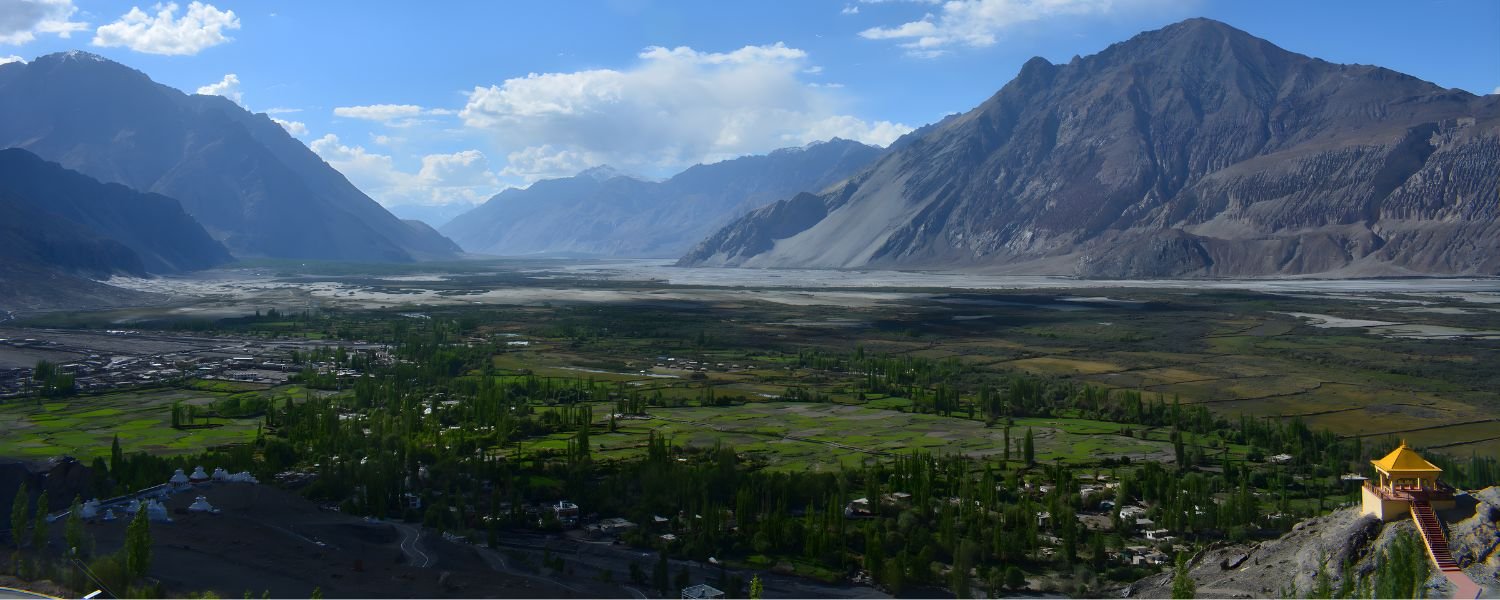
At an elevation of roughly 3,050 meters (10,000 feet), Nubra Valley is situated in Ladakh, India. Surrounded by wild rivers and rocky Himalayan mountains, the valley is a breathtaking natural paradise. Nubra is distinct due to its lush riverbanks and high-altitude desert terrain.
Important Rivers
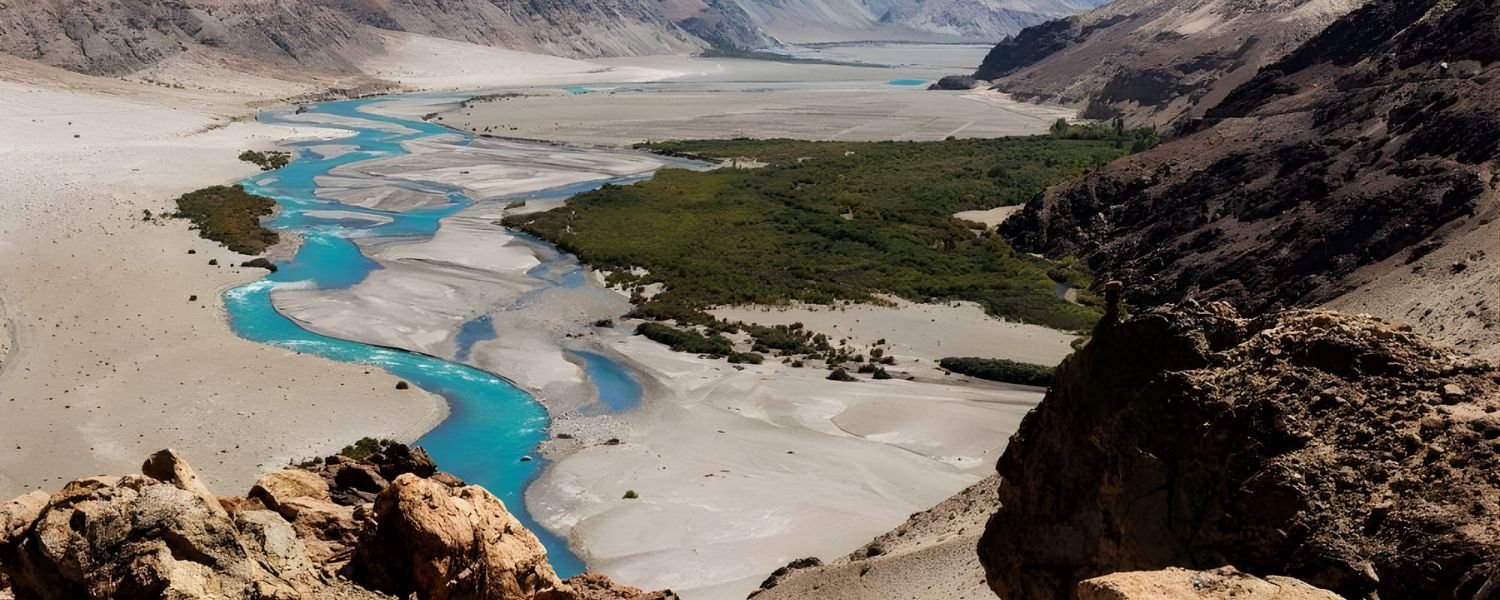
River Shyok: Known for its peaceful and picturesque surroundings, the valley is traversed by the Shyok River.
It provides visitors with a quiet area for rest and photography while enhancing the Nubra Valley’s natural beauty.
The Nubra River serves as a buffer of greenery in the otherwise arid valley and is essential to the fertility of the area.
In an otherwise arid region, it contributes to the green areas and forms the foundation of local farming practices.
Historical Context
The Silk Road, a historic trade route that connected India and Central Asia, once depended heavily on the Nubra Valley. As a result, Nubra thrived as a business centre where traders shared goods, ideas, and expertise.
East-West cultural exchanges were greatly influenced by the valley’s advantageous location and extensive history.
Fascinating Details
Cold Desert: Because of its arid climate, which can get as low as freezing at night, Nubra is referred to as a cold desert despite its high elevation.
Rare Plants and Animals: The valley is home to a variety of unusual plants and animals, such as the well-known Bactrian camels, which are indigenous to the area.
The region is also home to seabuckthorn plants, which are valued for their therapeutic and nutritional qualities.
A monthly Guide to the Best Times to visit Nubra Valley

June to October is the best time of year to visit Nubra Valley. The best weather occurs during these months, when daytime highs range from 15°C to 30°C. Overall, it’s comfortable for outdoor pursuits like trekking, camel rides, and sightseeing, though the nights can get chilly.
During this time, travel is easier and more pleasurable because the roads are usually accessible and transparent.
Travelling in the Winter
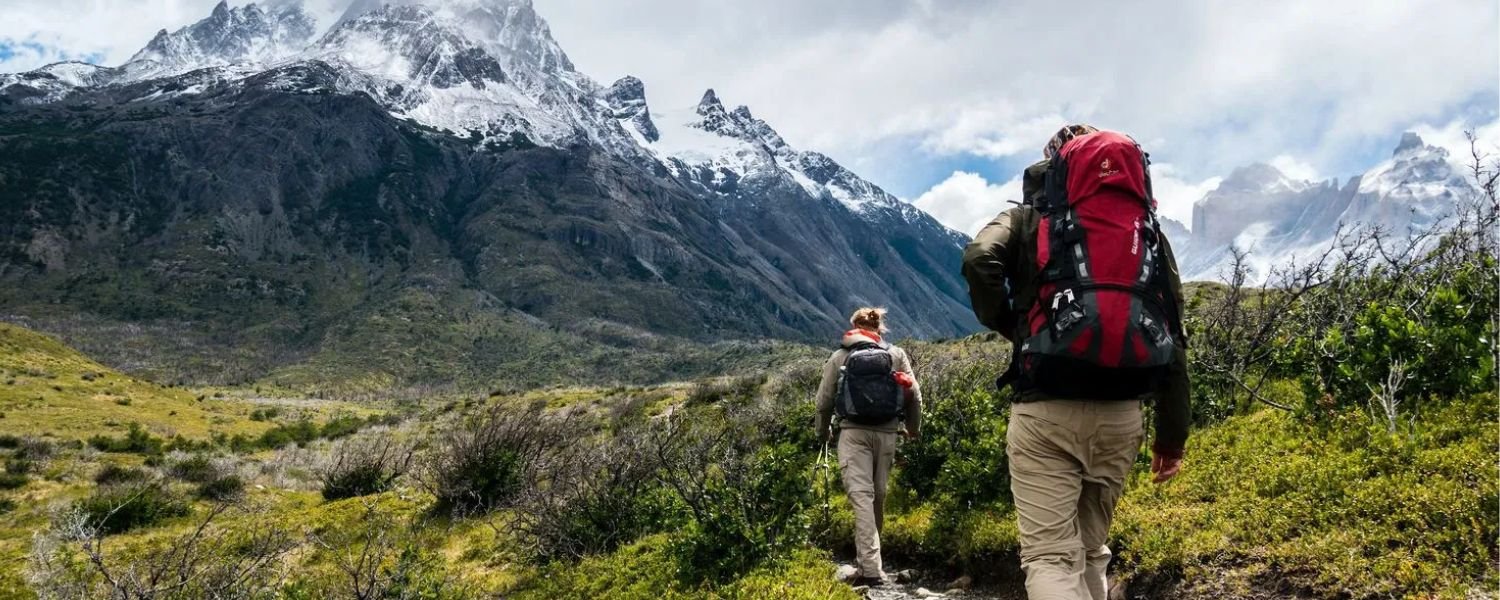
Extreme winter weather occurs in the Nubra Valley from November to March, with nighttime lows of -10°C to -20 °C; most lodgings, including camps and homestays, close for the season, leaving tourists with few options.
The area is covered in snow, and most roads, including those that lead to Khardung La and Diskit, may be blocked as a result of heavy snowfall.
Due to the severe weather, it is not recommended to travel there in the winter unless you are specifically seeking a winter adventure, like trekking through snowy terrain, and are ready for anything.
The Festival Season
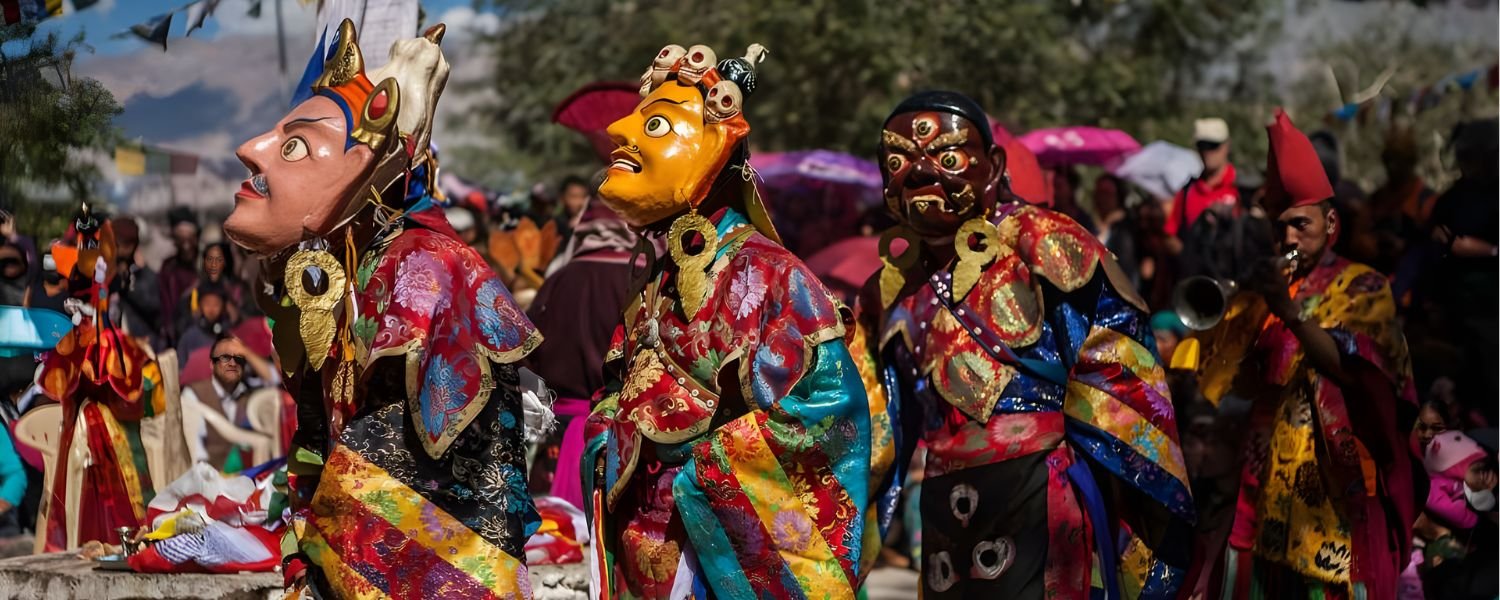
The Nubra Valley Festival, which happens in September, is a fantastic opportunity for those who are interested in local culture to experience Ladakhi culture fully.
Another cultural highlight is the Dosmoche Festival, which takes place in Leh and is marked by colourful dance, music, and customs.
These celebrations offer a chance to engage with the locals and discover Nubra Valley’s rich cultural legacy.
Directions to Nubra Valley
Khardung La Pass, a famous high-altitude road, connects Leh and Nubra.

Khardung La Pass, one of the world’s highest motorable roads at 5,360 meters (17,590 feet), is the most common route from Leh to Nubra Valley. The 140-kilometre drive from Leh to Nubra takes roughly five to six hours.
You’ll be treated to breathtaking views of the surrounding valleys, rocky terrain, and snow-capped peaks as you travel.
Travelling along one of the most appealing high-altitude roads is an adventure in and of itself, with fantastic photo opportunities.
Inner Line Permit Requirements
No special permits are required for Indian nationals to visit the Nubra Valley. However, because the area is in a protected zone, foreign nationals must obtain an Inner Line Permit (ILP) to enter. The ILP is usually valid for a few days and is easily obtained in Leh.
Additionally, it is now easier for foreign visitors to visit the valley because the Protected Area Permit (PAP) requirement for foreign visitors has recently been relaxed.
Options for Transportation
Private Taxis: For families or groups, renting a private taxi is the most convenient and adaptable choice. With the freedom to travel at your speed, you can pause for pictures or take breaks as needed.
Self-Drive Cars: Renting a self-driving car is a fantastic choice if you want a more independent travel experience. It is advised for people who have grown used to driving on mountain roads, though, as driving at high elevations can be difficult.
Renting a bike: Renting a Royal Enfield or other motorbike provides an exhilarating way for adventure seekers to experience Nubra Valley. This allows you to take your time exploring and take in the area’s natural beauty.
Nubra Valley’s Top Attractions
Diskit Monastery

One of the most recognisable sites in Nubra Valley is Diskit Monastery, which is famous for its massive Buddha statue that commands a commanding view of the valley.
The monastery offers stunning views of the surrounding mountains, desert dunes, and the village below from its 3,150-meter elevation above sea level. It is a must-see due to its spiritual significance and scenic beauty.
Hunder Sand Dunes

The Hunder Sand Dunes in the mountain foothills provide a unique desert-like experience. The chance to ride the famous double-humped Bactrian camels is one of the primary attractions in Nubra. The tall mountains and dunes in the background create a fantastic backdrop for photography.
Turtuk Village

Located at the very end of the India-Pakistan border, Turtuk is an original village that provides a unique window into Balti culture. It is one of the few places where the culture, traditions, and way of life of the Balti people have been preserved.
The village is a peaceful haven with friendly locals and breathtaking views of the surrounding fields and mountains.
Panamik Hot Springs

For a peaceful experience, go to the Panamik Hot Springs, which are near Sumur village. After a day of exploring, these naturally occurring hot springs—which are renowned for their therapeutic properties—are the perfect place to unwind. The views of the valley add even more tranquillity to the setting.
Samstanling and Sumur Monasteries

The Samstanling Monastery and the Sumur Monastery offer a peaceful sanctuary surrounded by lush fields and majestic mountains. These monasteries are well known for their serene settings, which are ideal for introspection and meditation.
Tso Yarab Tso is a secret holy lake that is silently offered. The lake, which offers stunning views everywhere, is a place of worship for the locals and a fantastic spot for contemplation and nature walks.
Base Camp Siachen

Anyone interested in military history should visit Siachen Base Camp, which is accessible only with a special permit. It offers breathtaking views of the Siachen Glacier, one of the largest glaciers outside of the world’s polar regions, and provides information about India’s military activities there.
The Nubra Valley’s activities
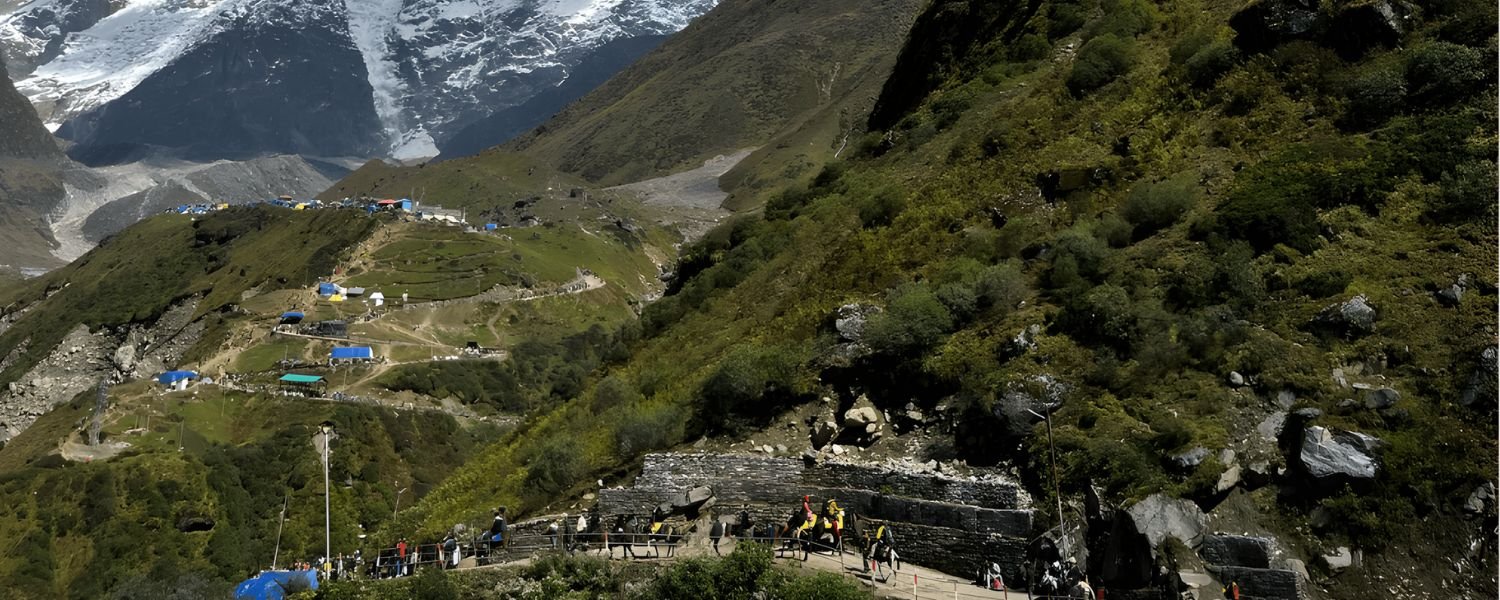
Discover the most unforgettable experiences and hidden gems with our guide to the top Things to Do in Nubra Valley.
Experience the Ride of a Bactrian Camel
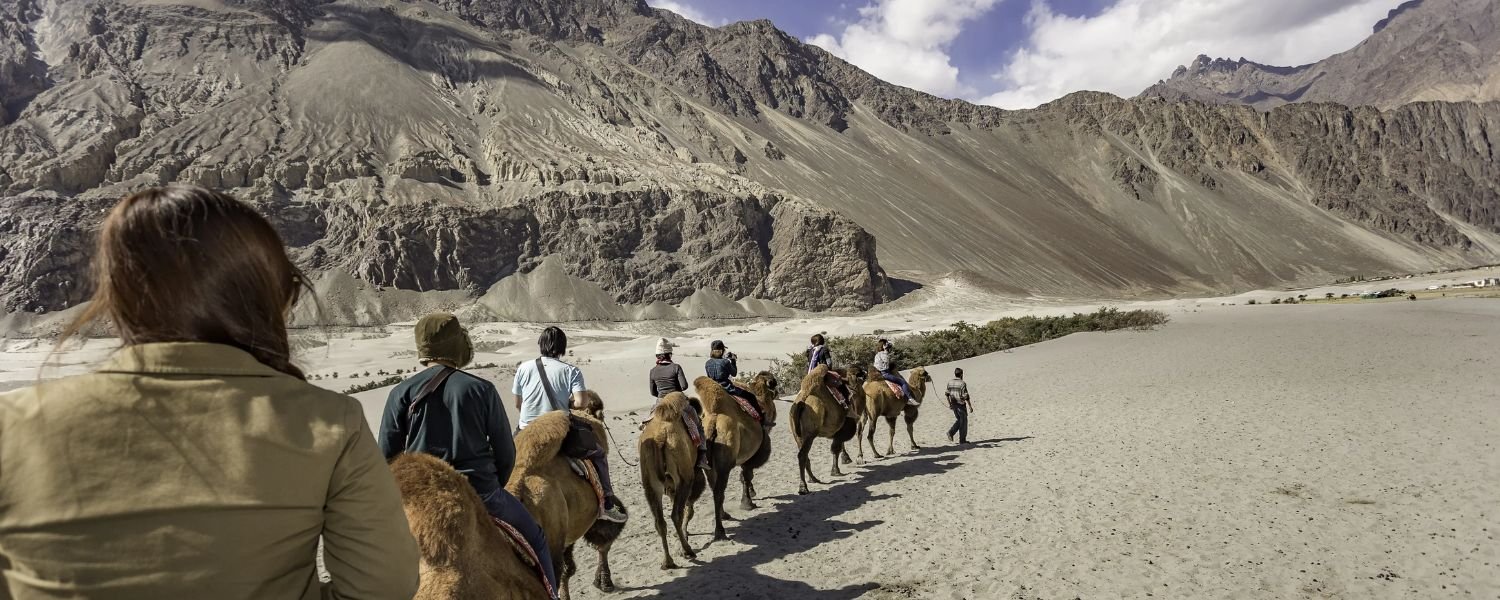
A well-known activity in Nubra Valley is riding a Bactrian camel, also known as the double-humped camel, over the Hunder Sand Dunes. Riding a camel in this desert-like environment offers a surreal perspective of the vast expanses of dunes juxtaposed with the towering mountains.
ATV or Dune Adventures in Hunder
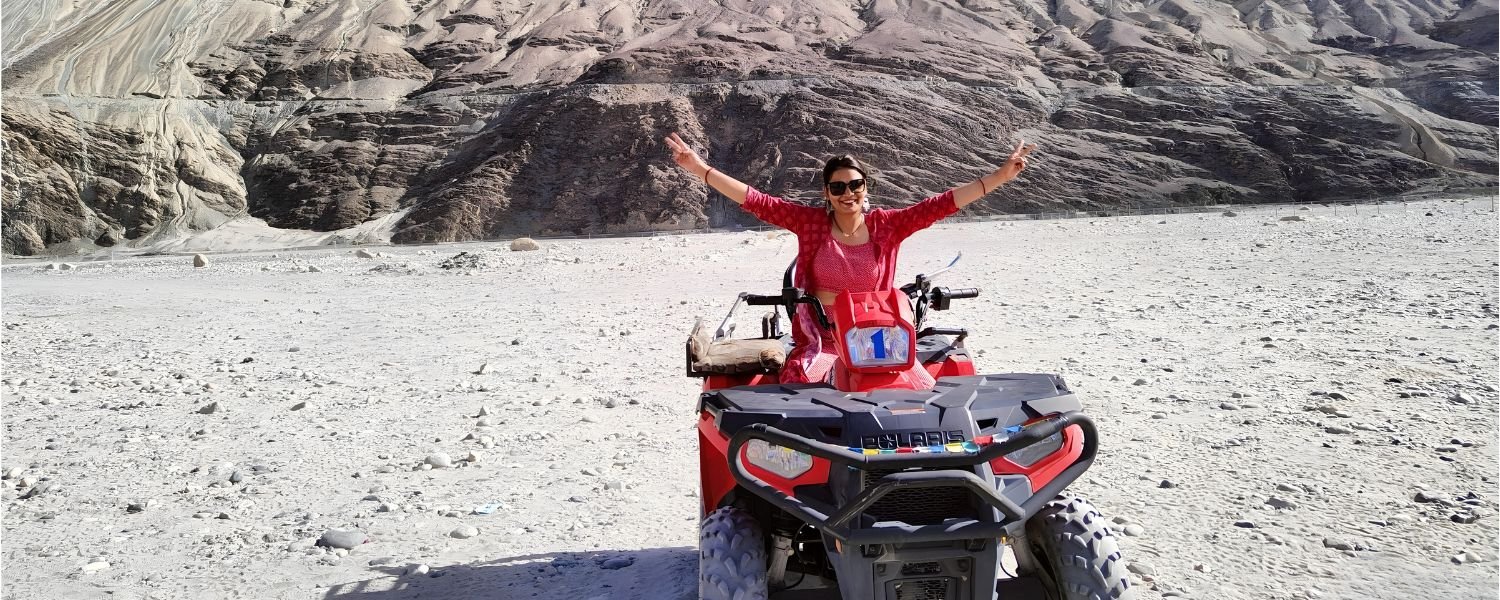
For a little more thrill, ride an ATV over the Hunder dunes. Enjoy the stunning views of the desert and mountains as you take your time exploring the desert-like terrain. The exhilarating ride is an excellent way to enjoy the unique scenery of Nubra Valley.
At night Gazing at stars
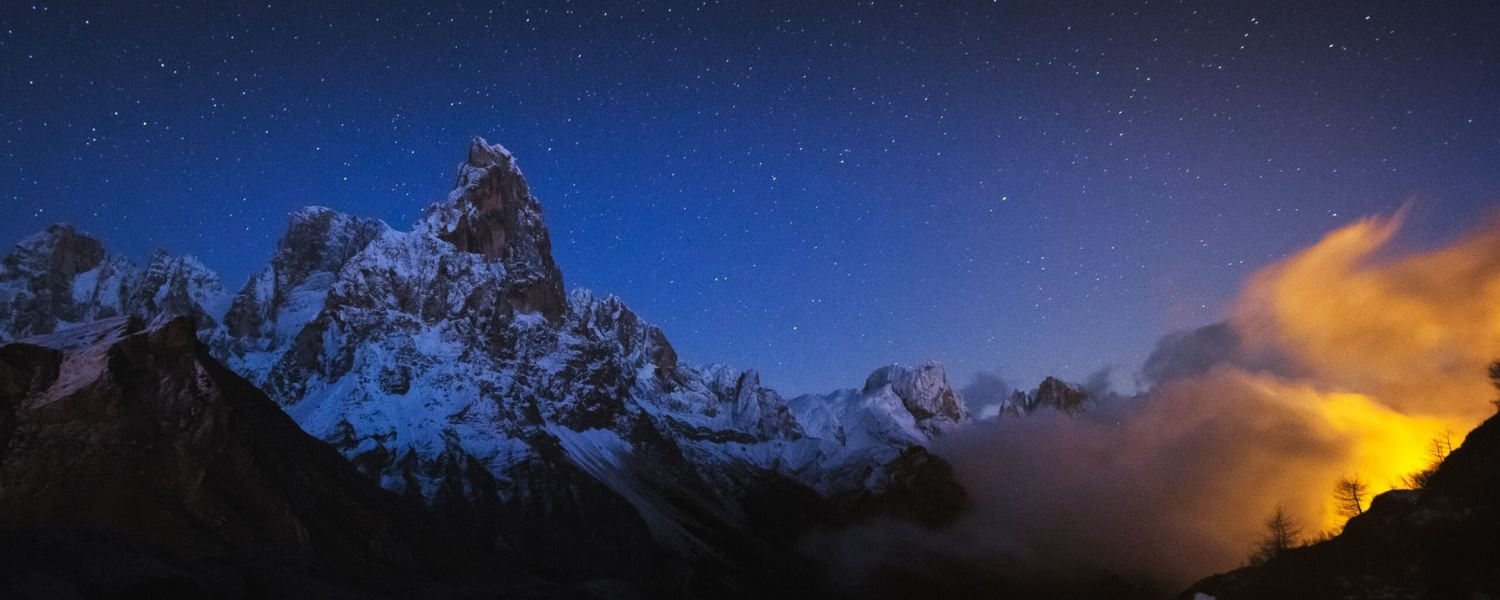
The clear skies and minimal light pollution in Nubra Valley make it an excellent location for stargazing. The valley offers a clear view of the night sky, allowing you to see the Milky Way, planets, and constellations.
Whether you are camping or staying in a nearby hotel, don’t miss this fantastic nighttime experience.
Culture Immersion in Turtuk

Visit Turtuk Village to have an authentic cultural experience. Known for its Balti culture, this village offers visitors the opportunity to interact with the locals and learn about their unique customs and way of life.
Turtuk provides a singular opportunity to explore a part of Ladakh that is still steeped in antiquated customs.
Experience Local Cuisine & Tea—Savour traditional Ladakhi dishes such as Skyu (a hearty stew) and Thukpa (noodle soup). Don’t forget to try Chhang, the regional barley-based beverage. These dishes offer an authentic taste of Ladakhi culture after a day of exploration.
Nature Hikes and Photographing Rivers
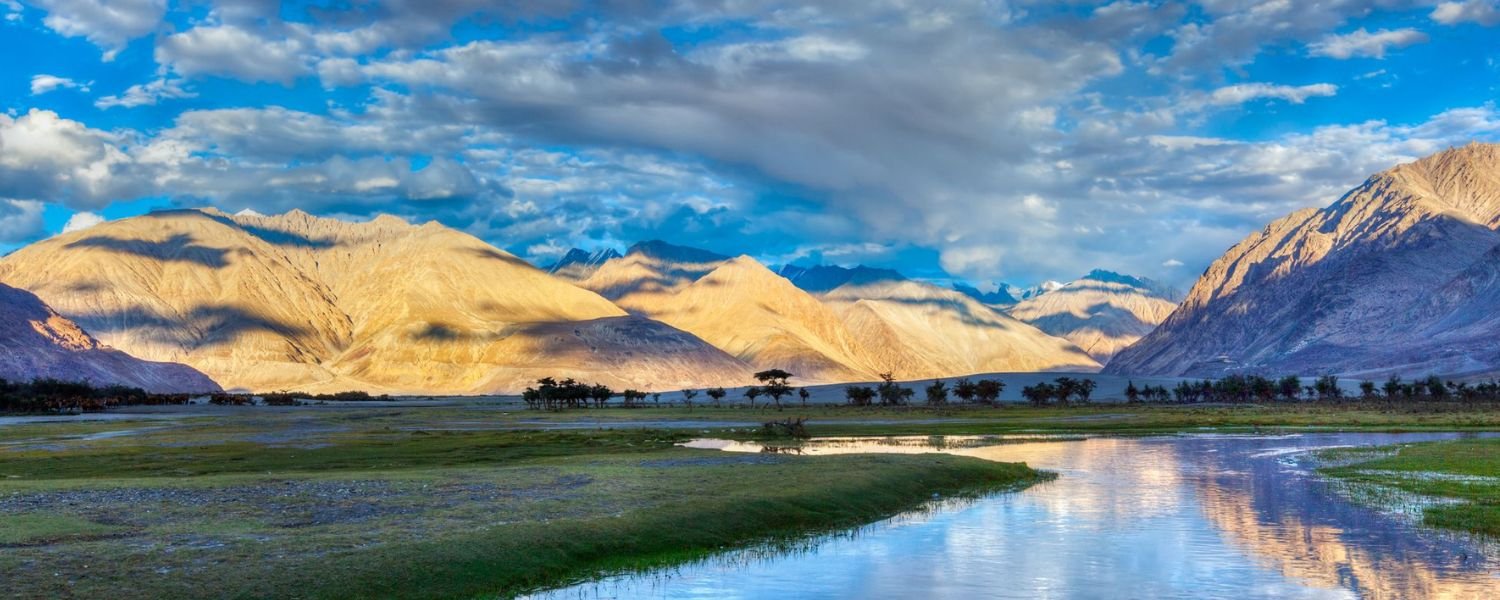
The serene areas along the Shyok and Nubra Rivers offer fantastic opportunities for photography and leisurely nature walks. Admire the calm beauty of the snow-capped mountains, the roaring rivers, and the expansive valleys.
Accommodations in Nubra Valley
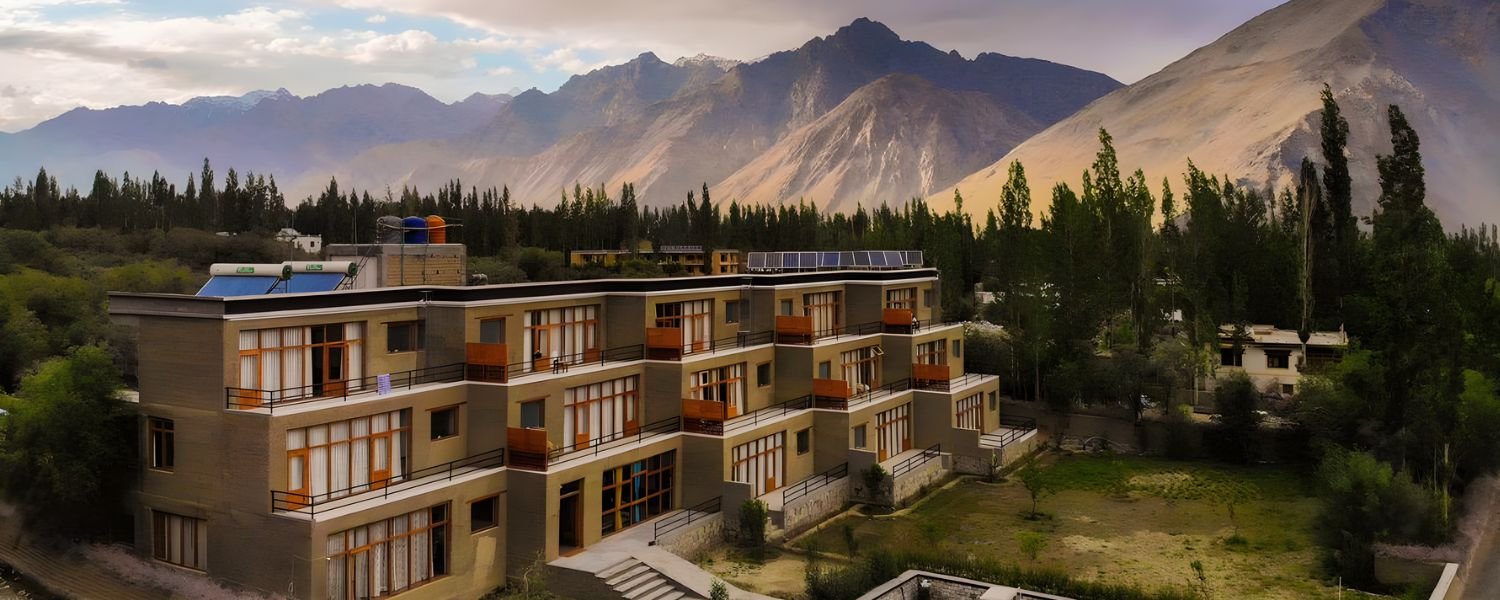
From luxurious camps to affordable homestays, Nubra Valley provides a range of lodging choices to accommodate various tastes and price ranges.
Hunder
The most visited tourist destination is Hunder, which is well-known for its proximity to essential attractions and camel rides on the dunes. There are many different camping and homestay options in the area.
You can pick between more straightforward, less expensive stays or opulent glamping experiences. For those looking for a central location with a variety of amenities, Hunder is perfect.
Diskit
Comfortable guesthouses and more traditional lodgings can be found in Diskit, the heart of Nubra. Diskit is a popular tourist destination because of its proximity to the enormous Buddha statue and the Diskit Monastery.
The region is a great starting point for exploring the valley because it provides more mid-range options, such as homestays.
Turtuk
Turtuk is an excellent option for a more isolated and cultural experience. Simple homestays are available in this village, which has a distinctive Balti culture.
By staying here, you can take in the peace of a town that is rarely visited by tourists and experience the local way of life.
Budget vs Luxury
Nubra offers options to fit every budget:
Luxury: Select from luxurious camps and glamping tents, which provide comfort and breathtaking views.
Mid-Range: Diskit and Hunder’s guesthouses and camps provide reasonably priced comfort in picturesque settings.
Budget: For less money, homestays in Hunder and Turtuk offer genuine experiences.
Distinct Stays
Choose to stay in a local homestay or glamp in a tent for a more unique experience that allows you to experience Ladakhi hospitality and culture fully.
Tips for Booking
Only in cash: Carry enough cash because most establishments in Nubra only accept cash.
Limited Power & No Wi-Fi: Particularly in isolated locations, be ready for limited electricity and connectivity.
Nubra Valley Cuisine & Food
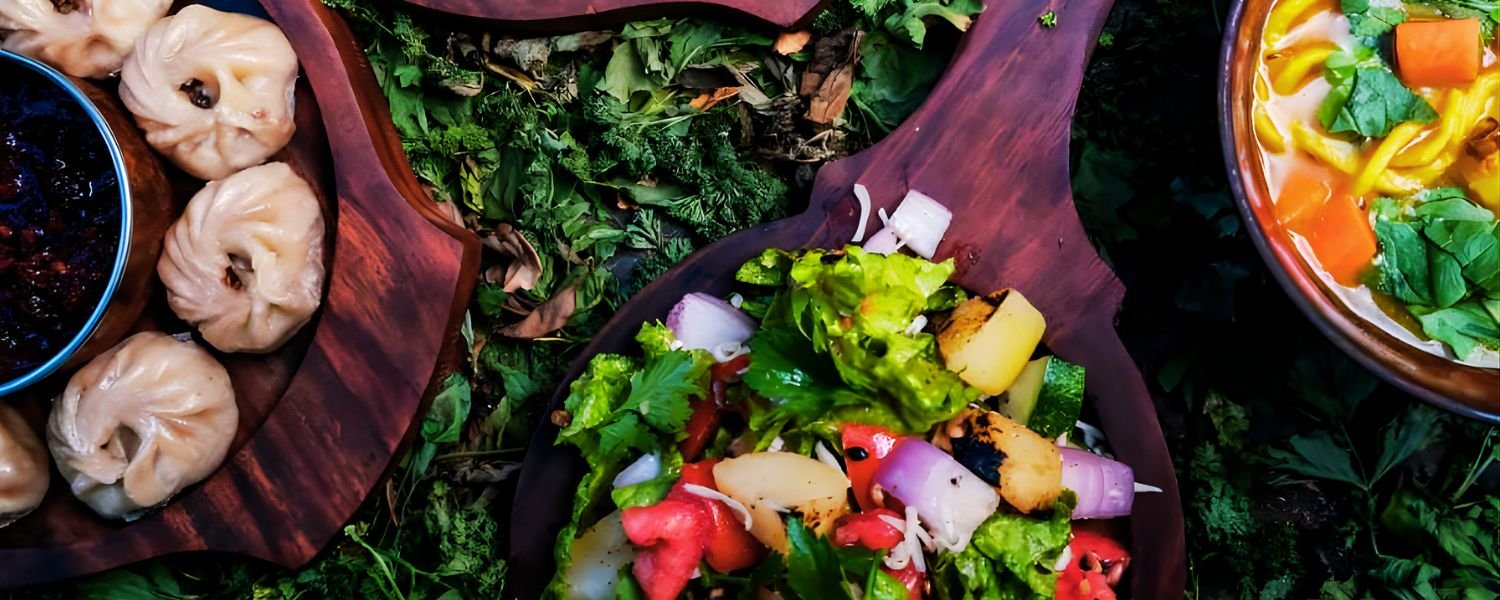
A taste of real Ladakhi food, ideal for the chilly desert climate, can be found in Nubra Valley. The traditional lifestyle of the area is reflected in the hearty and nourishing local cuisine.
Made with wheat flour, vegetables, and meat, skyu is a hearty, flavorful stew that offers warmth and nourishment. Another well-liked option for cold days is thukpa, a noodle soup with meat or vegetables.
Try Chhang, a traditional barley-based beverage that is consumed during meals or social gatherings, for a taste of the local way of life.
In Hunder, Diskit, and Turtuk, you can find these dishes at local tea houses, cafés, and guesthouses. You can experience the local cuisine firsthand at these locations.
To prevent stomach problems, only eat hot, cooked food. When eating street food, exercise caution and make sure it’s always prepared correctly.
Facilities & Mobile Network
Mobile network coverage is scarce in Nubra Valley. Though signal strength can be poor, particularly in isolated places like Turtuk, BSNL and Airtel are operational in portions of Diskit and Hunder. While exploring the valley, it’s best to unplug from the digital world and be ready for limited connectivity.
The majority of Nubra’s isolated regions suffer from power outages. The power supply is typically only available in the evenings and is available for roughly 6 to 12 hours every day. Although many campgrounds and guesthouses use generators or solar power, be ready for sporadic power outages.
Only in Diskit are there ATMs, though occasionally they may run out of money. Small clinics can be found in Diskit for medical assistance, but you will need to travel to Leh for more serious conditions.
Nubra Valley Trip Cost Breakdown
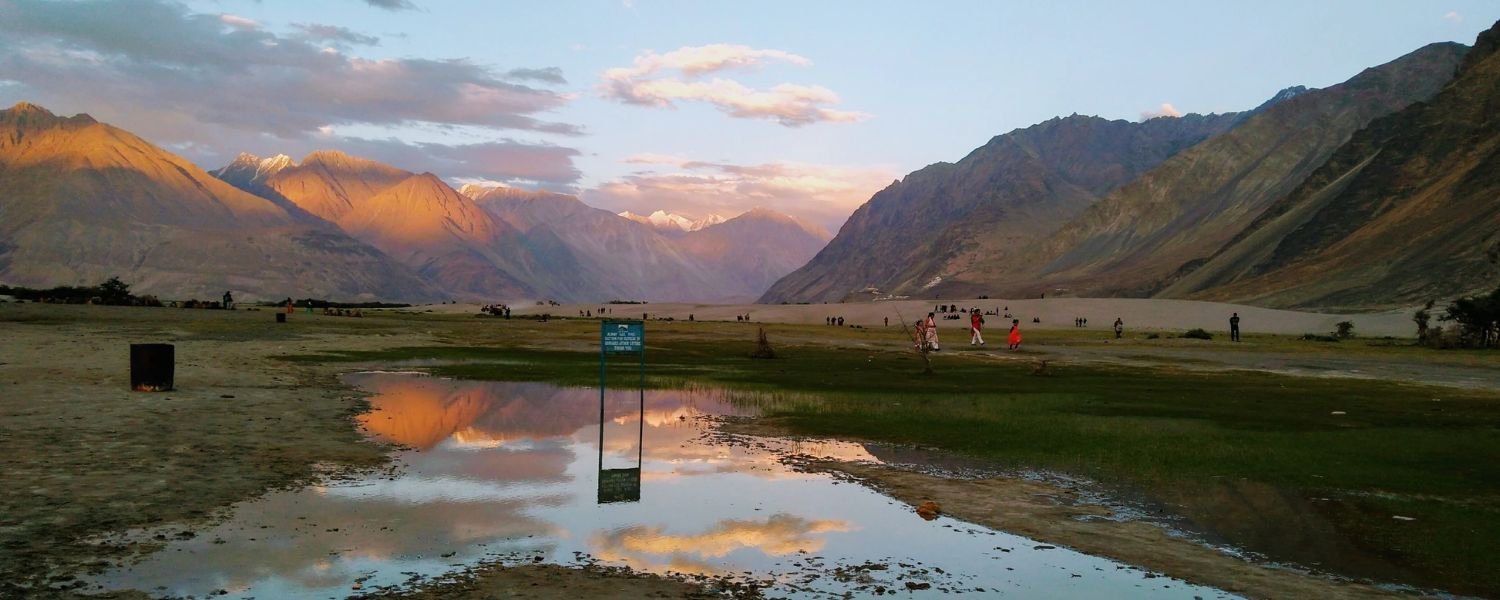
Budgeting for the following essential costs is crucial when organising a trip to Nubra Valley:
Transportation: The most popular forms of transportation are bike rentals and private taxis. The average round-trip taxi fare from Leh is between ₹2,500 and ₹7,000.
Depending on the rental company, renting a bike (such as a Royal Enfield) can cost anywhere from ₹1,000 to ₹1,500 per day.
Accommodations: You should budget between ₹1,000 and ₹3,000 per night if you decide on a homestay.
Glamping or luxury camps can cost anywhere from ₹4,000 to ₹7,000 per night for a more opulent experience.
Food: Depending on your dining preferences, food costs can range from ₹500 to ₹1,500 per day. While cafés and restaurants may be more expensive, guesthouses typically offer cheaper meals.
Budget Estimate for a Trip of Two to Three Days: A two- to three-day trip to Nubra Valley would typically cost between ₹12,000 and ₹18,000 in total, depending on the mode of transportation, lodging, and meals selected.
Nubra Valley Travel Advice
Acclimatisation: Before travelling to Nubra, spend one to two days in Leh getting used to the high altitude.
Essentials of Packing: To ensure comfort and safety, bring copies of your ID, warm clothing, and sunscreen.
Safety: Prepare for off-road driving with a dependable vehicle and be mindful of altitude sickness.
Eco-travel Advice: For a sustainable trip, reduce waste by staying away from plastic and patronising small businesses.
FAQs
1. Is it safe to travel solo in Nubra Valley?
Yes, travelling alone in Nubra Valley is generally safe, but it’s always advisable to exercise caution when in remote locations. Even though the locals are warm and inviting, it’s advisable to exercise caution, particularly when travelling alone in the valley’s less populated areas. Avoid going into unknown places after dark, keep emergency contact information close at hand, and carry a local SIM card with BSNL or Airtel.
2. How many days were enough?
Two to three days is the ideal amount of time for a comprehensive exploration of Nubra Valley. This enables you to take in the natural beauty of the valley and unwind while visiting essential sites like Hunder Sand Dunes, Diskit Monastery, and Turtuk Village. Consider extending your trip by one day if you wish to see more isolated locations, such as the Siachen Base Camp.
3. Is it possible to go there in the winter?
It is not advised to visit Nubra during the winter months of November through March because of the extremely low temperatures, which can drop as low as -20°C. The majority of lodging establishments close for the season, and snow blocks many roads. If you decide to go on a winter vacation, make sure you have everything you need to survive the severe weather, including winterised transportation and the appropriate equipment.
4. Does Nubra Valley require a permit?
Yes, to enter Nubra Valley, foreigners must have an Inner Line Permit (ILP). In Leh, obtaining this permit is simple. International visitors now have easier access to the area thanks to the government’s recent relaxation of the Protected Area Permit (PAP).
Can I go to Nubra and Pangong at the same time?
Indeed, Nubra Valley and Pangong Lake are not too far apart. Combining both locations into a single trip is simple with the proper preparation. It is possible to go from Leh to Pangong and then to Nubra, or the other way around.

